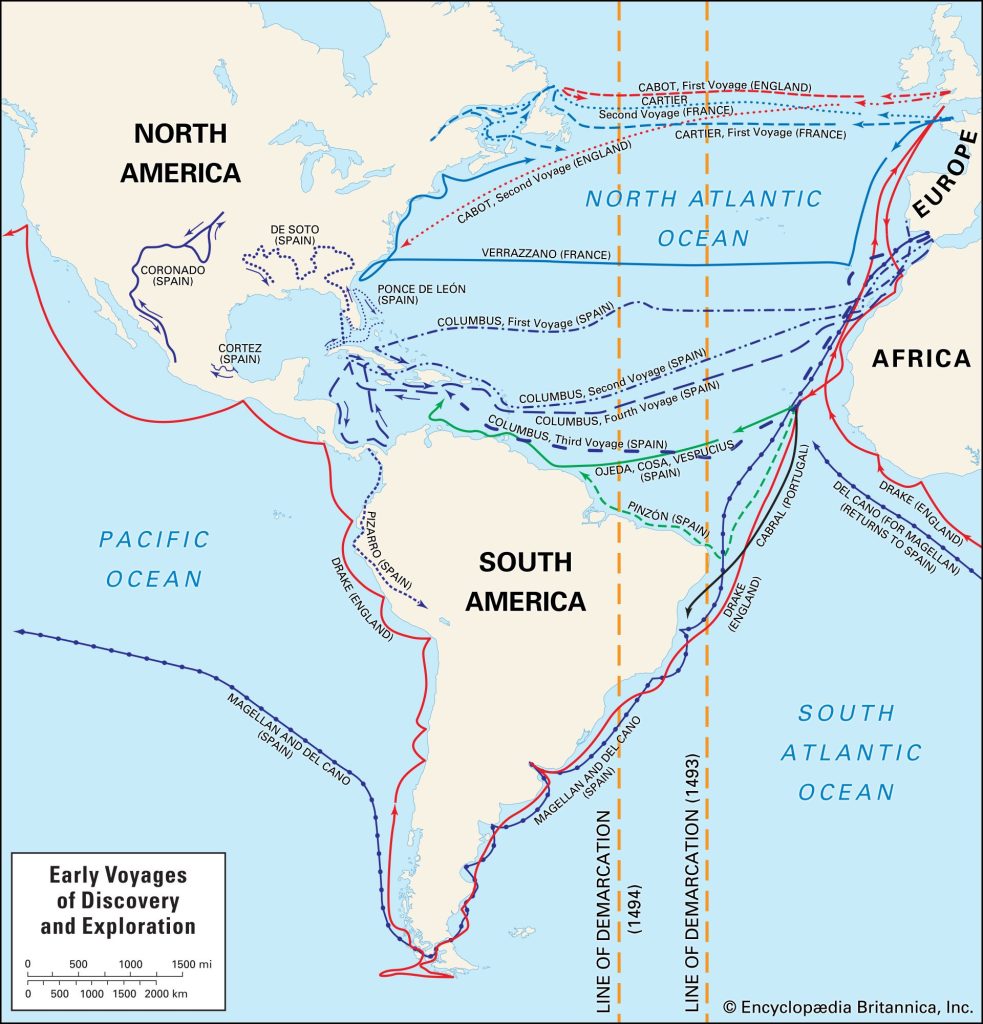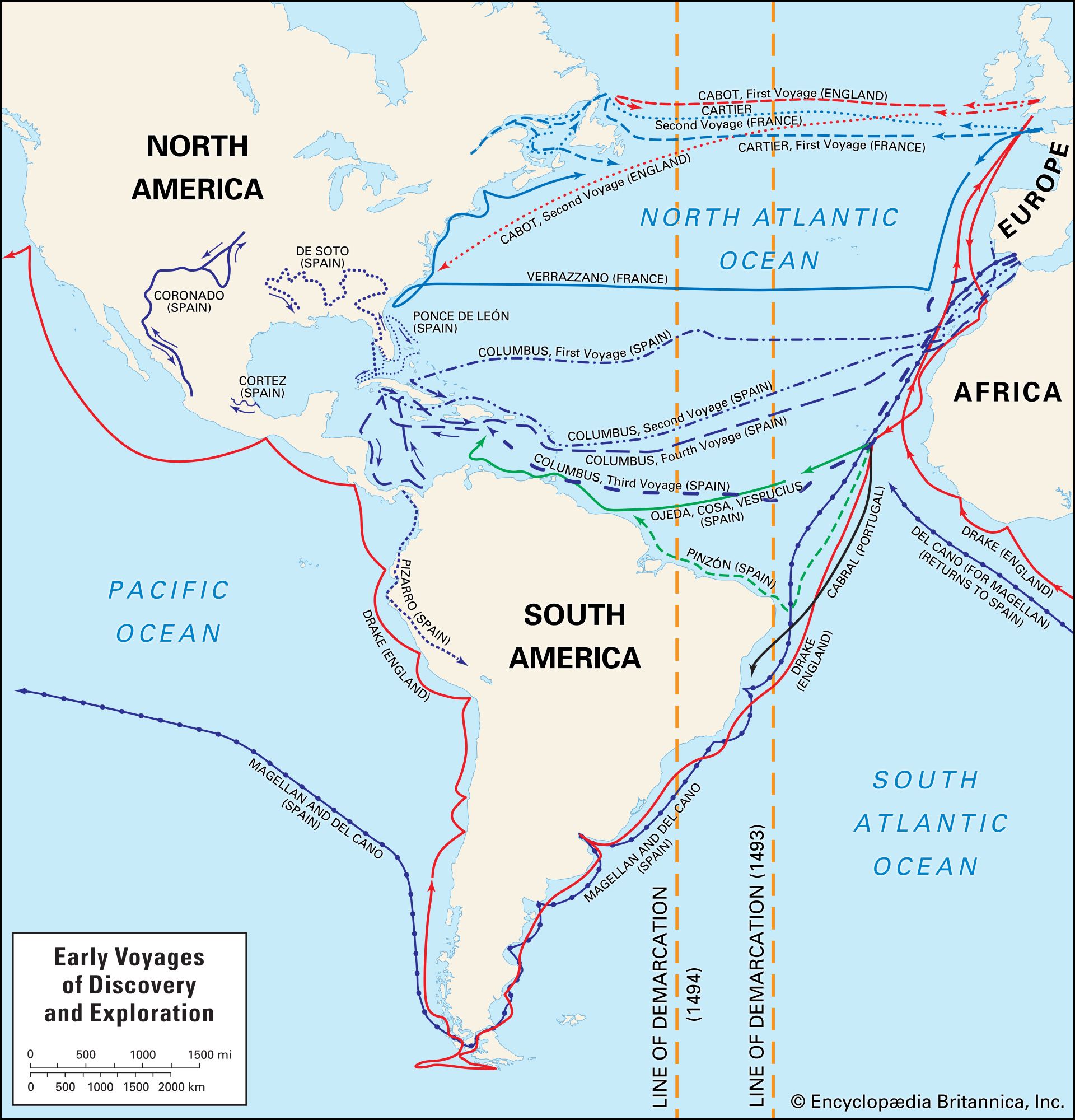
Visions of a World in Decline and Other Artistic Explorations

Aaron Gilbert’s “World Without End”: A Visual Dialogue on Time, Capitalism, and Spirituality
In his most recent body of work, New York-based painter Aaron Gilbert presents a haunting visual narrative that confronts the invisible boundaries of time, personal alienation, and late-capitalist life. Titled World Without End and on view at Gladstone Gallery, the exhibition encapsulates Gilbert’s signature blend of psychological depth, spiritually infused iconography, and contemporary symbolism. Through meticulously composed domestic scenes and fragmented urban environments, Gilbert crafts what could be seen as a modern-day pantheon of quiet contemplation amidst systemic decay.
Introspective Figures and Interior Shrines
Central to Gilbert’s paintings are inscrutable, introverted figures suspended in time. In works like “The Dream Before” (2024), we view a woman behind a translucent shower curtain, her identity fragmented through the mirrored medicine cabinet. The viewer is placed in an uncomfortable position—not just as an observer, but an intruder into a private, sacred space. This spatial dissonance, described by critics as reminiscent of Édouard Manet’s “A Bar at the Folies-Bergère,” creates a metaphysical gulf between the characters and the audience. Eyes turned away, obscured limbs, and unresolved interactions reinforce an emotional distance, suggesting a longing to escape the confines of their minimal, often claustrophobic interiors.
Gilbert’s treatment of the home as both sanctuary and trap evokes deeper questions surrounding domestic modernity and our attachment to consumer goods. Deodorant sticks, unbranded appliances, and delivery bags subtly pepper his scenes, buried into painterly surfaces as both background noise and symbolic relics. These items aren’t merely props; they are cultural signifiers of the hyper-commercialized landscape that entraps his subjects.
Icons of a New Age
The artist doesn’t only mine visual culture; he also probes philosophical and temporal frameworks. A former engineer with a strong inclination toward spiritual and metaphysical questions, Gilbert draws inspiration from Byzantine icons—artifacts designed less to capture the physical world than to channel divine presence. These sacred traditions bleed into his canvases through luminous color fields, careful layering, and narrative quietude, transforming mundane scenes into modern icons. The transcendence that once belonged to saints is now ambiguously transferred to everyday moments, reframing the monotony of modern life through a transcendent lens.
In pieces like “Deana Bathing” (2024), the bath becomes a holy ritual, evoking purification or baptism. The traveler’s gaze isn’t invited in with warmth or intimacy; rather, it confronts the boundaries between sacred and profane, religion and routine.
Capitalist Critiques in Glowing Color
Gilbert’s paintings are also deeply critical of capitalist time and its incessant forward march. In a society where growth, productivity, and profit dominate temporal rhythms, Gilbert seeks stillness. His art is a direct challenge to capitalism’s obsession with efficiency and endless development. “• g • o • p • u • f • f •” (2025) features a porthole-like view through a broken wall, gazing at a person inside a storefront, consumed by their phone. The transparent barrier and the scrawled humanoid figures suggest themes of dissociation and mutation—spiritual, emotional, or otherwise.
Through subtle details and fragmented architecture, Gilbert captures the psychological toll of constant connectivity, instant gratification, and commercial saturation. The characters feel spectral, almost post-human, suspended in a purgatory infused with glowing light and digital mediation.
The Temporal Disorientation of the Everyday
One of Gilbert’s primary conceptual interests is the nature of time itself. He refers frequently to Carlo Rovelli’s book The Order of Time (2017), which argues that time is not a fundamental property of the universe, but a narrative construct—a means of orienting human experience. Gilbert’s paintings seem to visualize this theory, existing in a liminal space where hours stretch, moments fold inward, and characters drift outside linear chronology.
By stripping away visual cues that typically anchor events or scenes—like clocks, natural light, or discernible spatial logic—Gilbert creates paintings that float, offering neither clear beginnings nor ends. The sensation that “something has happened,” or is eternally about to, hangs heavy in the air.
Towards a Post-Capitalist Sublime?
Beneath Gilbert’s aesthetic sheen and narrative ambiguity is a whisper of hope. These quiet, often disaffected individuals may not be escaping a system outright, but they are dreaming. Gilbert’s chrysalis-like compositions offer a symbolic cocoon that might one day open. There are subtle allusions to imagined awakenings—not through divine intervention, but through the artist’s persistent framing of reflection, rebirth, and spiritual longing.
In this sense, his paintings offer not answers, but openings: gateways through which viewers might see not only who we currently are, but who we could still become.
Conclusion
Aaron Gilbert’s work in World